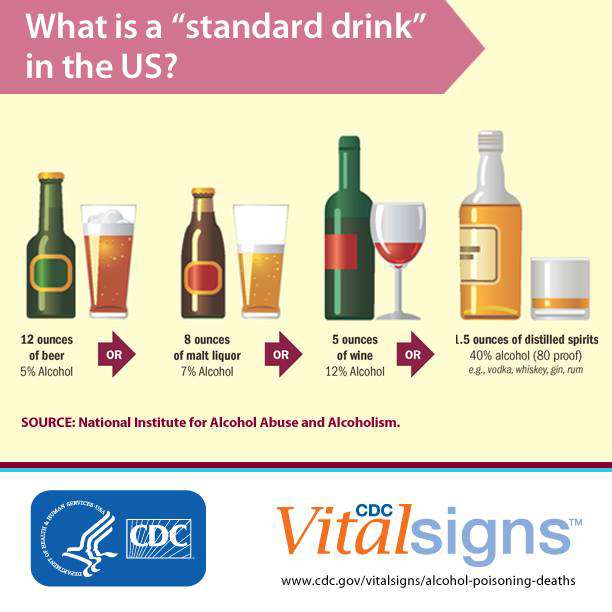Unlock the mystery of alcohol consumption by diving into the science behind knowing your limit and how to reach it.
Table of Contents
Drinking alcohol is a common social activity, but knowing how much is too much can be a gray area for many people. One of the burning questions often asked is, ‘how many beers does it take to get drunk?’ It’s a question that doesn’t have a simple answer, as there are a variety of factors at play when it comes to alcohol intoxication. In this blog post, we will delve into the science behind alcohol metabolism, individual tolerance levels, and the various factors that can influence how quickly someone becomes intoxicated.
The Science Behind Alcohol Metabolism
When we consume alcohol, our bodies begin the process of metabolizing it in order to eliminate it from our system. Alcohol is primarily broken down in the liver by enzymes, with the end goal of converting it into acetaldehyde and then acetate, which can be further metabolized into carbon dioxide and water. The rate at which alcohol is metabolized varies from person to person and is influenced by factors such as gender, weight, genetics, and overall liver health.
One key measure of alcohol intoxication is blood alcohol concentration (BAC), which is the percentage of alcohol in a person’s bloodstream. The legal limit for driving in many places is around 0.08%, which is equivalent to approximately 4 drinks for a 160-pound individual. However, it’s important to note that individual responses to alcohol can vary widely, and reaching a certain BAC does not necessarily equate to feeling drunk.
Individual Tolerance Levels
Alcohol tolerance refers to how much alcohol a person can consume before feeling its effects. Some individuals may have a higher tolerance due to factors such as regular alcohol consumption, genetics, age, and overall health. It’s important to know your own limits and recognize when you’ve had too much to drink. Understanding your tolerance can help prevent overconsumption and reduce the risk of alcohol-related harm.
Previous alcohol consumption can also play a role in tolerance levels, as frequent drinkers may develop a higher tolerance over time. Age can also impact alcohol tolerance, with older adults typically experiencing a decrease in tolerance due to changes in metabolism and body composition. Additionally, liver health is a crucial factor in alcohol metabolism, as liver damage can impair its ability to process alcohol efficiently.
Factors Influencing Intoxication
Several factors can influence how quickly someone becomes drunk when consuming alcohol. One key factor is food intake, as consuming alcohol on an empty stomach can lead to faster absorption and a quicker onset of intoxication. Staying hydrated while drinking can also help slow the effects of alcohol, as dehydration can exacerbate its impact.

Image courtesy of www.mcw.edu via Google Images
Carbonation and alcohol content can also play a role in how quickly someone gets drunk. Beer typically has a lower alcohol content than spirits, but the carbonation in beer can speed up the absorption of alcohol into the bloodstream. Mixing alcohol with other substances, such as energy drinks or medications, can also increase intoxication and pose additional risks.
Conclusion
Understanding the science behind alcohol metabolism and intoxication is key to making informed decisions about drinking. While there is no one-size-fits-all answer to the question of how many beers it takes to get drunk, being aware of your individual tolerance levels and the factors that can influence intoxication can help you stay safe and in control. Remember to drink responsibly, know your limits, and prioritize your well-being when consuming alcohol.
FAQ Section
How does alcohol affect metabolism?
Answer 1: Alcohol is primarily metabolized in the liver by enzymes, converting it into acetaldehyde and acetate. This process can vary depending on factors such as gender, weight, genetics, and liver health.
What factors can influence alcohol tolerance levels?
Answer 2: Factors such as regular alcohol consumption, genetics, age, and liver health can impact an individual’s alcohol tolerance. Older adults may experience decreased tolerance due to changes in metabolism and body composition.
How does food intake affect alcohol intoxication?
Answer 3: Consuming alcohol on an empty stomach can lead to faster absorption and a quicker onset of intoxication. Eating before or while drinking can help slow the effects of alcohol by delaying its absorption into the bloodstream.
Can mixing alcohol with other substances increase intoxication?
Answer 4: Mixing alcohol with energy drinks, medications, or other substances can increase intoxication and pose additional risks. Combining alcohol with substances that affect the central nervous system can amplify its effects and lead to dangerous outcomes.
Generated by Texta.ai Blog Automation


Leave a Reply